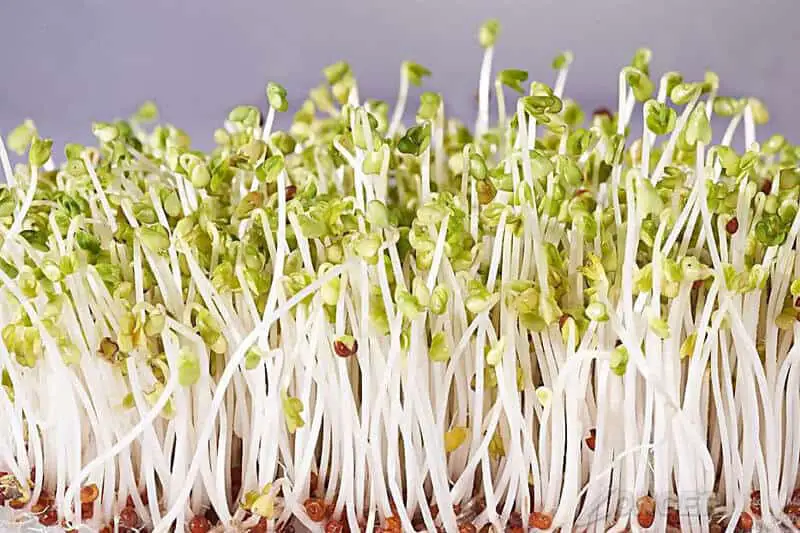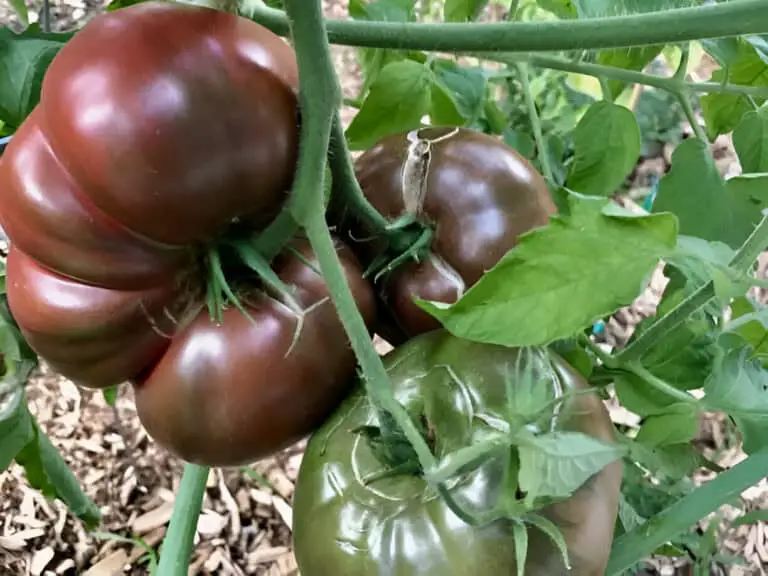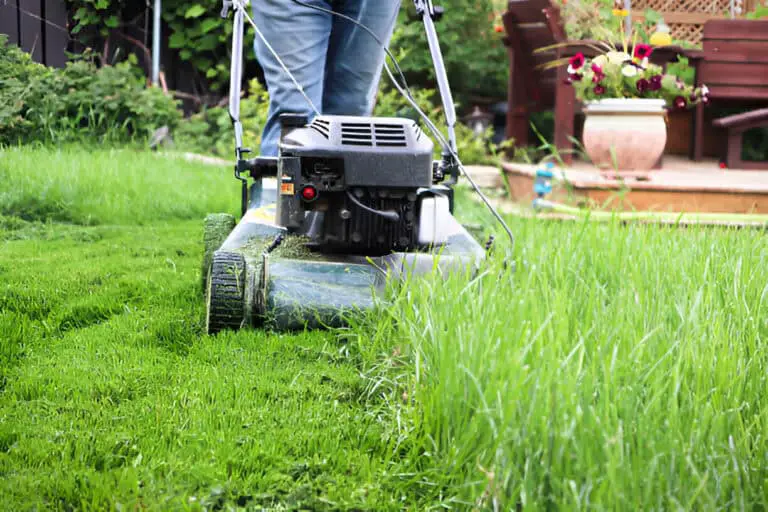Should You Keep Your Sprouting Beans in the Dark for Better Results?

When I started sprouting beans, I was convinced it was all about the light. After all, plants thrive on sunlight, right? I mean, it’s in their DNA. But as I dug deeper into sprouting beans at home, I learned that darkness actually plays a surprisingly important role in the process. It was a game-changer! I want to share what I discovered with you because, trust me, it can make all the difference in how well your sprouts grow.
Why Beans Need Darkness to Sprout
You might be wondering, “Why the dark? Doesn’t sunlight make everything grow stronger?” While mature plants require sunlight, sprouting beans operate differently. They are in a delicate phase where they don’t need sunlight to sprout; they need moisture, warmth, and, you guessed it, darkness.
Here’s the thing: during the sprouting process, beans are essentially “sleeping” in their seed form. They aren’t focused on photosynthesis yet—they’re more concerned with breaking down the stored energy within them to start growing roots and shoots. In fact, exposing them to light too soon can slow this process down. Sprouting beans actually do better in the dark because it mimics the environment where bean sprouts would naturally sprout in the soil.
Why do they thrive in darkness?
- Protection from premature greening: If beans are exposed to light too soon, they start turning green. This can cause them to develop bitter flavors, making them less tasty.
- More energy for sprouting: When kept in the dark, the energy in the beans isn’t wasted on leaf production; instead, it’s used to push out strong roots and stems. That’s why beans in the dark have such solid, healthy sprouts.
- Moisture retention: The darkness also helps with moisture retention, preventing the beans from drying out too quickly, which is a critical part of the sprouting process.
The Perfect Environment for Bean Sprouts

So, how can you create the ideal conditions for your beans to sprout? Let’s break it down into a few simple steps:
- Choose the Right Container
You can sprout beans in many ways, but the easiest method is to use a jar or sprouting tray. Just make sure it has good airflow and drainage. Too much moisture or poor air circulation can lead to mold, which is the last thing you want. - The Darkness Factor
Keep your sprouting beans in a dark area, like a cupboard or pantry. It’s tempting to put them on the windowsill for a little natural light, but trust me, that’s not the best move. Beans need darkness to develop strong, tender sprouts. You can also cover the jar with a cloth or dark towel to keep the light out. - Moisture is Key
Beans need to stay moist during the sprouting process, but not soaking wet. After rinsing the beans, make sure you drain them properly, and then cover them with a damp cloth or paper towel. This procedure procedure helps keep the beans hydrated without over-saturating them. You’ll want to rinse and drain them every 12 hours or so to keep things on track. - Temperature Control
Keep the temperature between 65–75°F (18–24°C). If your house is too hot or too cold, the beans may not sprout well. A consistent, warm environment helps speed up the process without compromising the quality of your sprouts.
Here’s a quick table to summarize the ideal sprouting environment:
| Factor | Ideal Conditions |
| Light | Dark, out of direct sunlight |
| Temperature | 65–75°F (18–24°C) |
| Moisture | Damp, not soaking wet |
| Airflow | Good airflow to prevent mold |
| Check out: How I Grow Bean Sprouts Indoors Without Soil or Sunlight |
How Long Should You Keep Your Beans in the Dark?
While the beans should be kept in the dark during the initial sprouting phase, you don’t need to leave them in complete darkness for the entire growth cycle. Typically, you’ll start to see sprouts in about 2–3 days. Once they’re about an inch long, you can start exposing them to a little indirect light to help them turn green and begin the photosynthesis process.
But keep in mind—don’t rush it! If you start exposing your sprouts to light too soon, they may not be as crisp or tender. The final few days in the light should just be enough for the shoots to turn a lovely green color and develop that fresh, grassy flavor we all love.
The Impact of Light on Your Bean Sprouts’ Flavor
There’s more to keeping your sprouts in the dark than just promoting healthy growth. The darkness helps preserve the mild, nutty flavor of the sprouts. Light can make your sprouts bitter and tough, which is why the “dark phase” is so important for flavor development. By waiting until the sprouts have reached the right size and texture, you’ll get a crisp, mild taste that pairs perfectly in salads, sandwiches, and stir-fries.
Should You Keep Them in the Dark the Entire Time?
While I’ve stressed the importance of darkness, I’ll admit, it’s not a one-size-fits-all situation. For some varieties, like alfalfa or broccoli sprouts, you might want to introduce light a little sooner to maximize their flavor and texture. But for beans, especially mung beans, the dark phase is non-negotiable if you want the best results.
So, to answer the question—Yes, you should keep your sprouting beans in the dark for the best results. After 3–4 days, you can start letting them see the light, but only for short bursts to get that fresh green color. The dark environment allows your beans to grow strong and tender without losing their flavor.
Wrapping Up
Sprouting beans is a simple and rewarding process, and learning the role of darkness in that process has been a revelation for me. It keeps sprouts tender and tasty while helping them grow to their full potential. By following the tips outlined above, you’ll soon be enjoying homegrown, crispy bean sprouts that rival anything you can find at the grocery store.
So, next time you sprout beans, remember that a little darkness is the key to unlocking their full potential. It’s like giving your beans the quiet space they need to grow strong and healthy before stepping into the light. And in the end, that’s what every gardener—whether sprouting in a jar or tending to a garden—wants: healthy growth and delicious results.
Happy sprouting!






